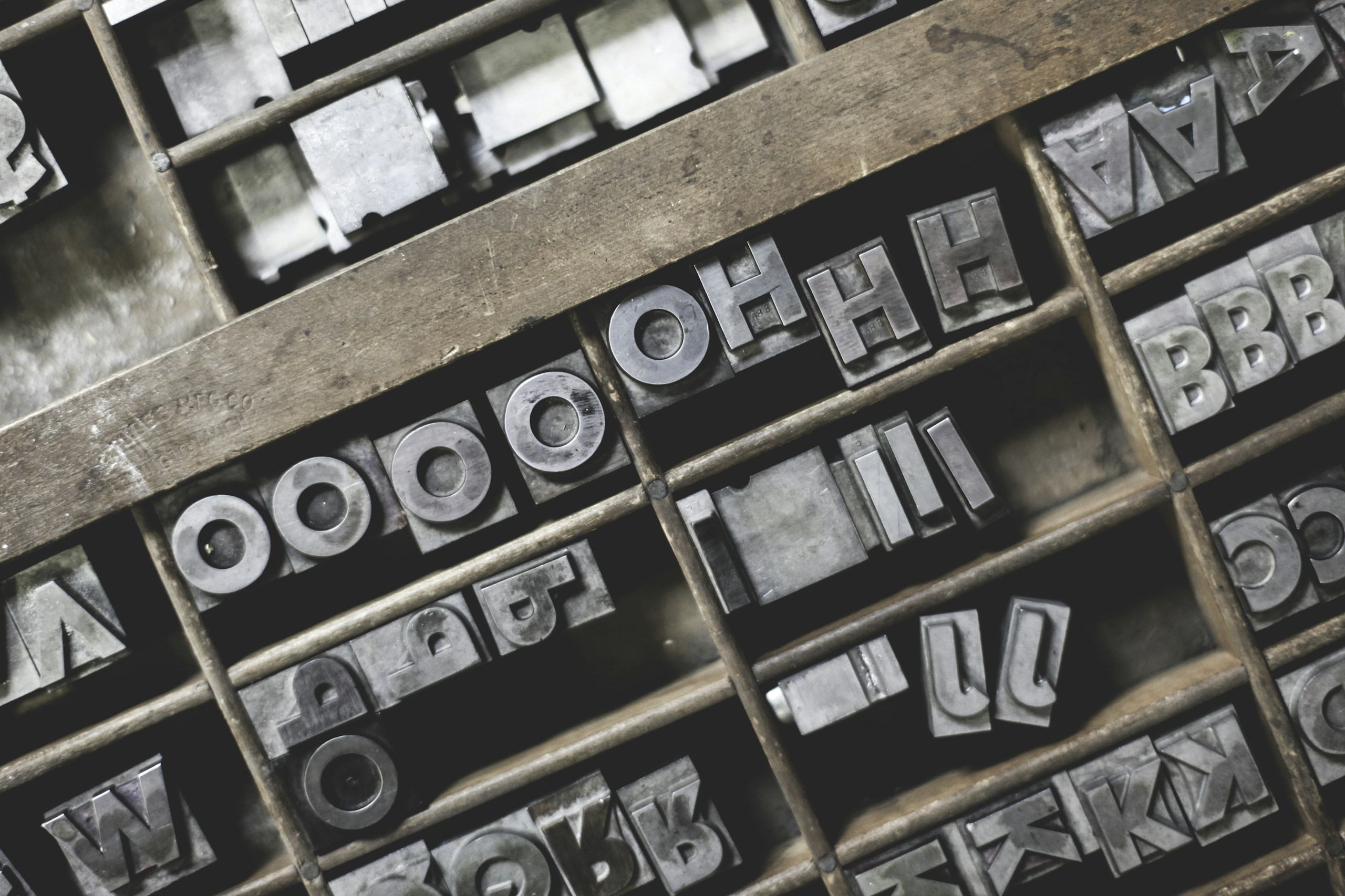I’ve been a fan of Kevin Larson’s writing about fonts, typography and online reading for some time. I mention him in my latest book, 100 Things Every Designer Needs To Know About People.
Kevin is a reading psychologist that works with typographers at Microsoft. He’s part of a team at Microsoft with a goal to make reading online as easy and enjoyable as reading from paper. I recently interviewed Kevin for a podcast.
You can listen to the podcast by clicking on this link
Here are some of the things we talk about in the interview:
–print on paper is at 1200 or 2400 dpi, but current screens are only 100 dpi
–the software technology we use to draw letters has dramatically changed over the last 20 years, and this has improved the quality of text online, even though the dpi is still poor
–the goal of typography is “to be invisible”
–what rasterization and anti-aliasing mean in terms of making text more readable online
–how online reading specialists use color to “trick” our eyes into seeing a higher resolution
–why people who are colorblind will see text more clearly than people who are not
–what induces eye fatigue online
–when you are 40 years old only 1/2 of the light in your environment makes it through to your eye
and much much more!
And for more information on Kevin’s work at Microsoft you can also read his article on fonts and typography here.
This is the first in a podcast series I am working on. Let me know what you think!


Leave a Reply to nela Cancel reply